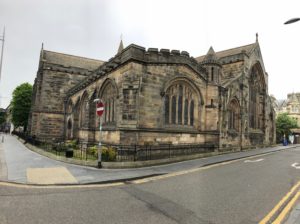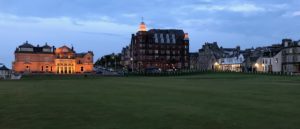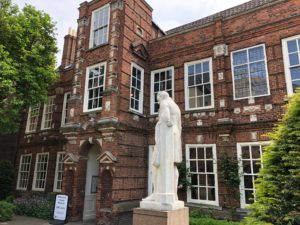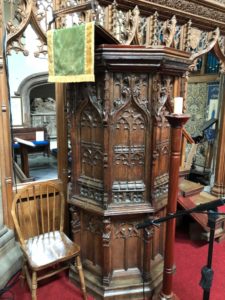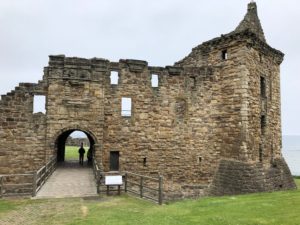
After golf in the morning on the New Course at St. Andrews and lunch at The Jigger Inn, we set out for St. Andrews Castle and museum.
Some back story on the castle may help here.
During the early days of the Scottish Reformation, Cardinal David Beaton was the Archbishop of St. Andrews and the most powerful church official in Scotland.
Beaton had a mistress, with whom he produced eight children. Supposedly Beaton had twelve other children out of wedlock.
Beaton was not discrete about his hypocrisy; he lived in the castle with his mistress and children. In the midst of his hypocrisy, Beaton railed against the Protestants.
Beaton had Protestant Patrick Hamilton burned at the stake in 1528. Beaton had George Wishart burned at the stake in 1546. Beaton was the poster child for everything that was wrong with the Catholic Church. After Wishart’s martyrdom, the people had had enough, and a small group of men entered the castle and killed Beaton. Continue reading “UK Kingdom Travel Journal—Day 10”

